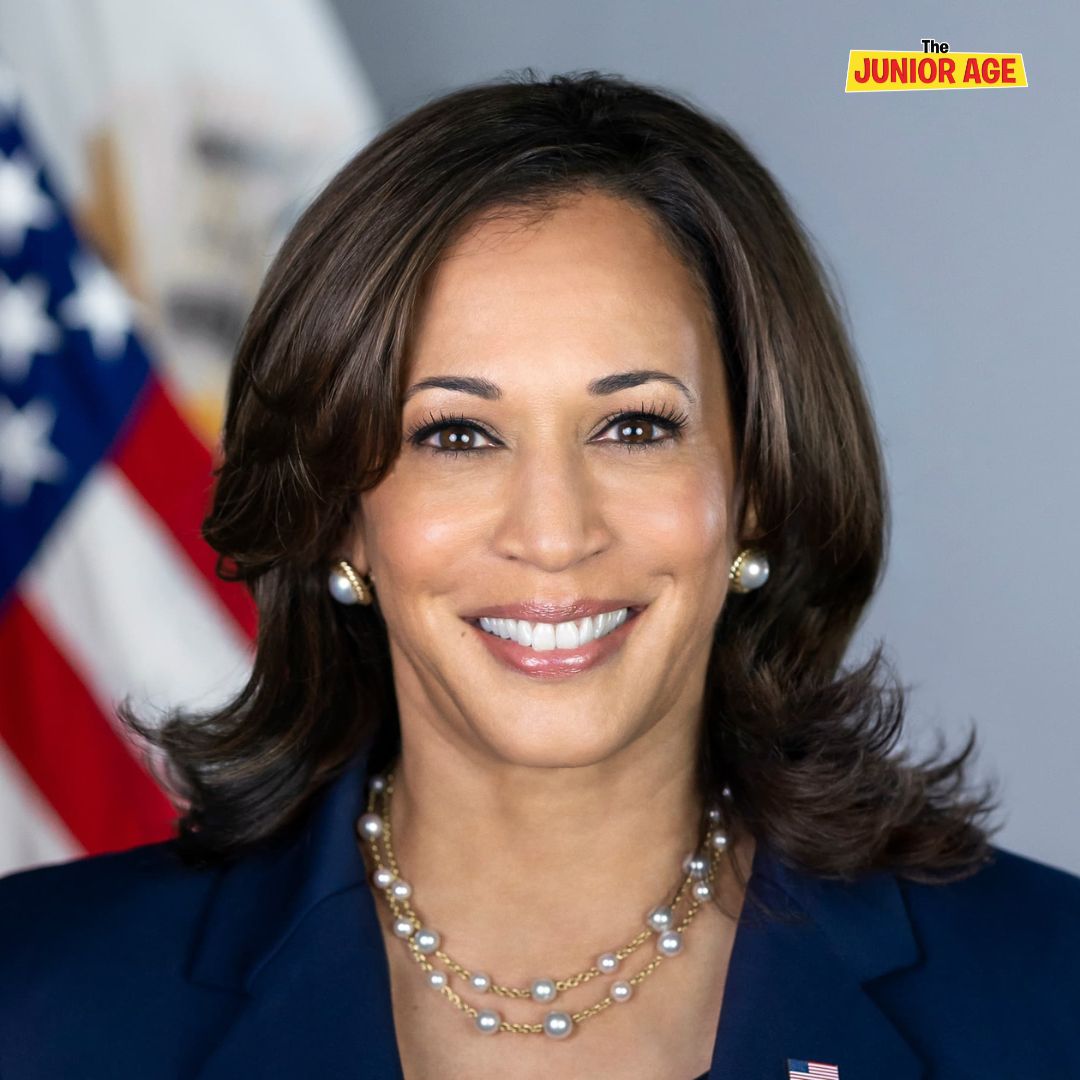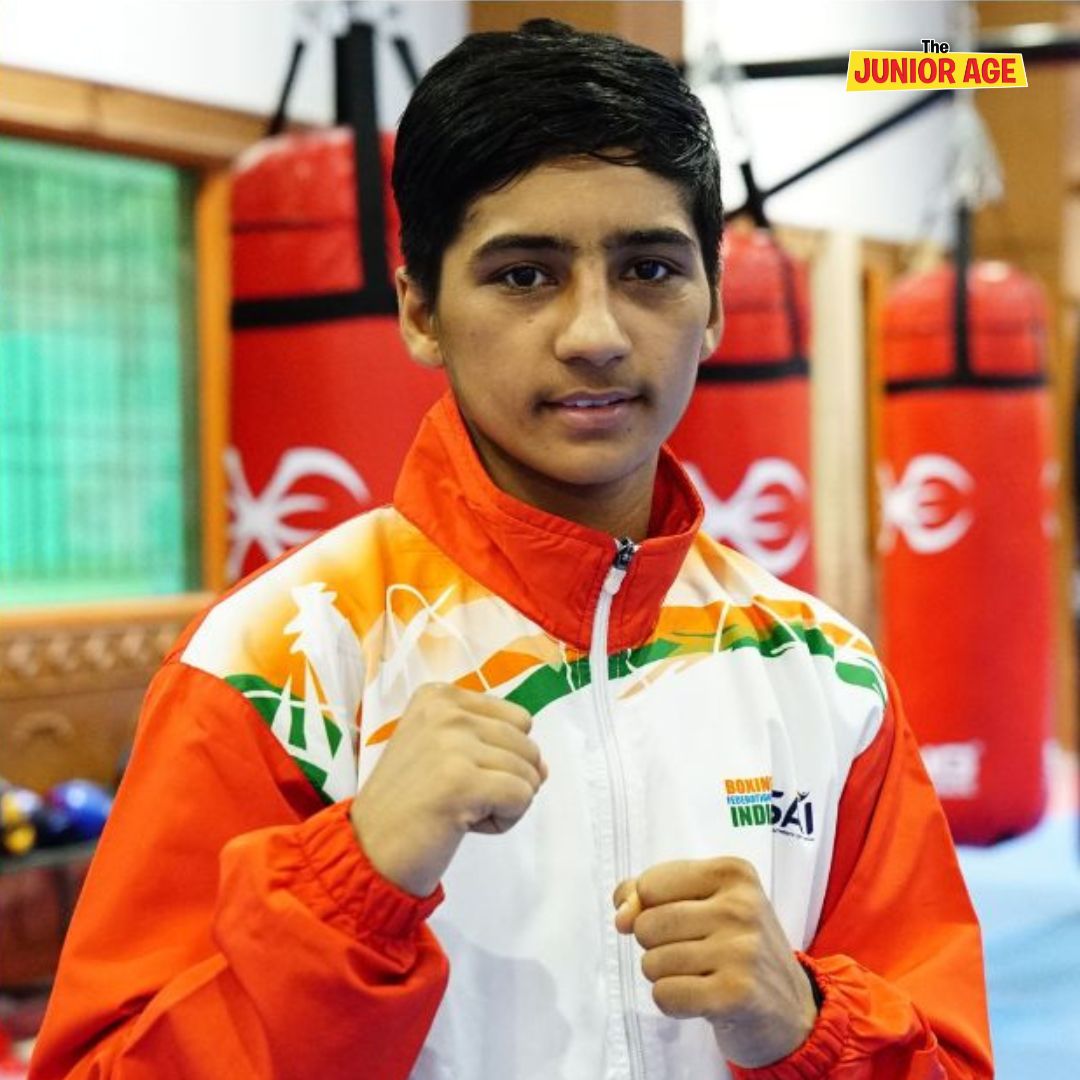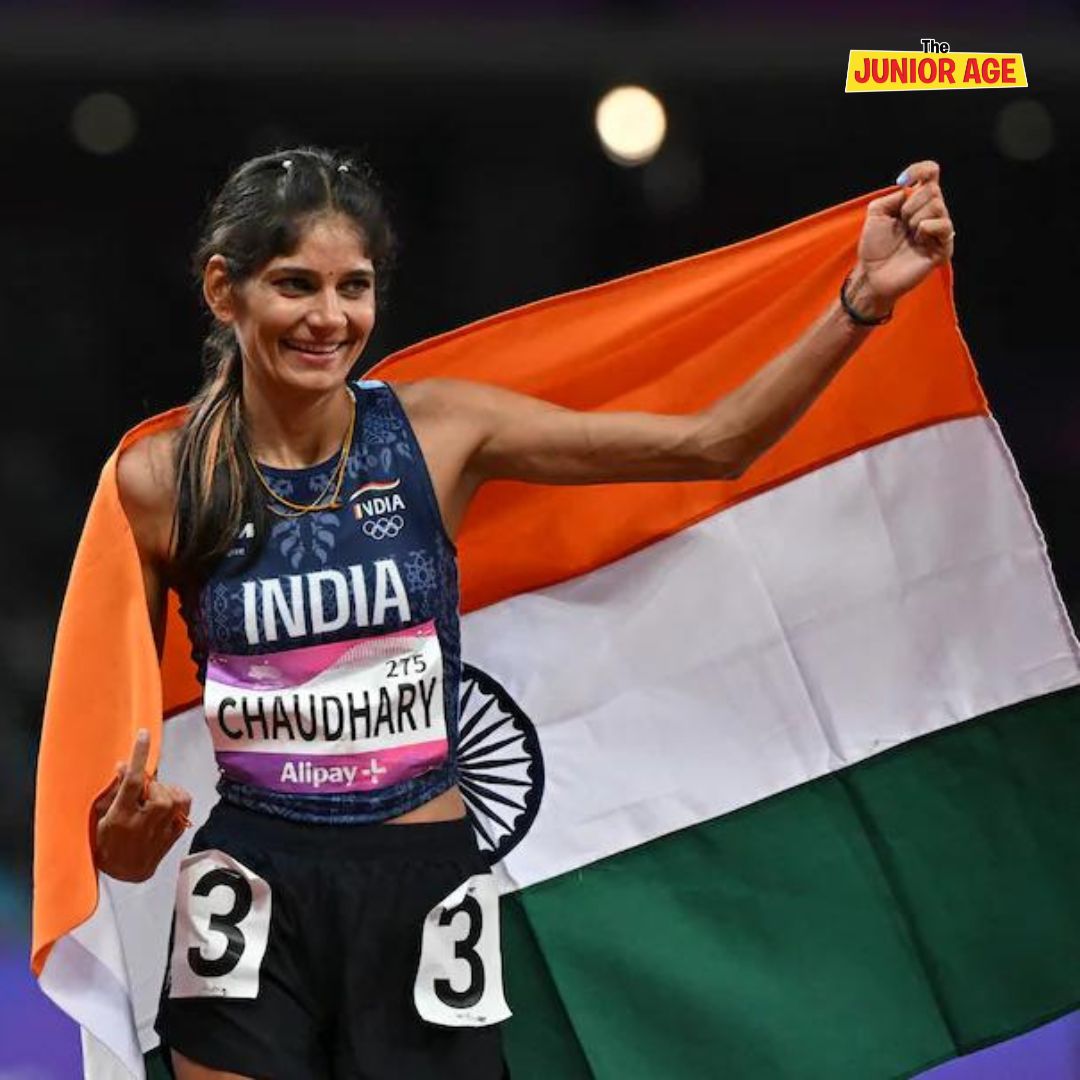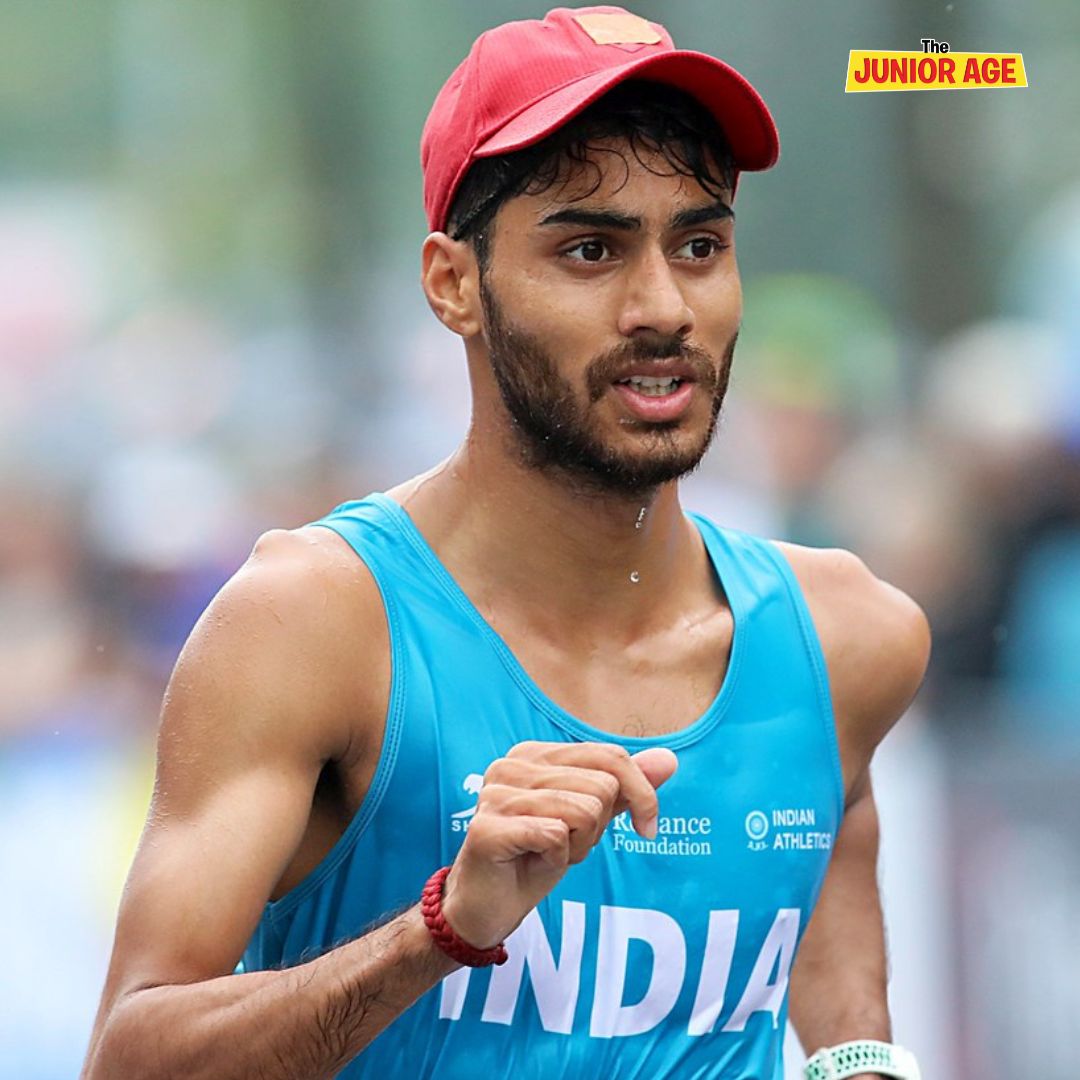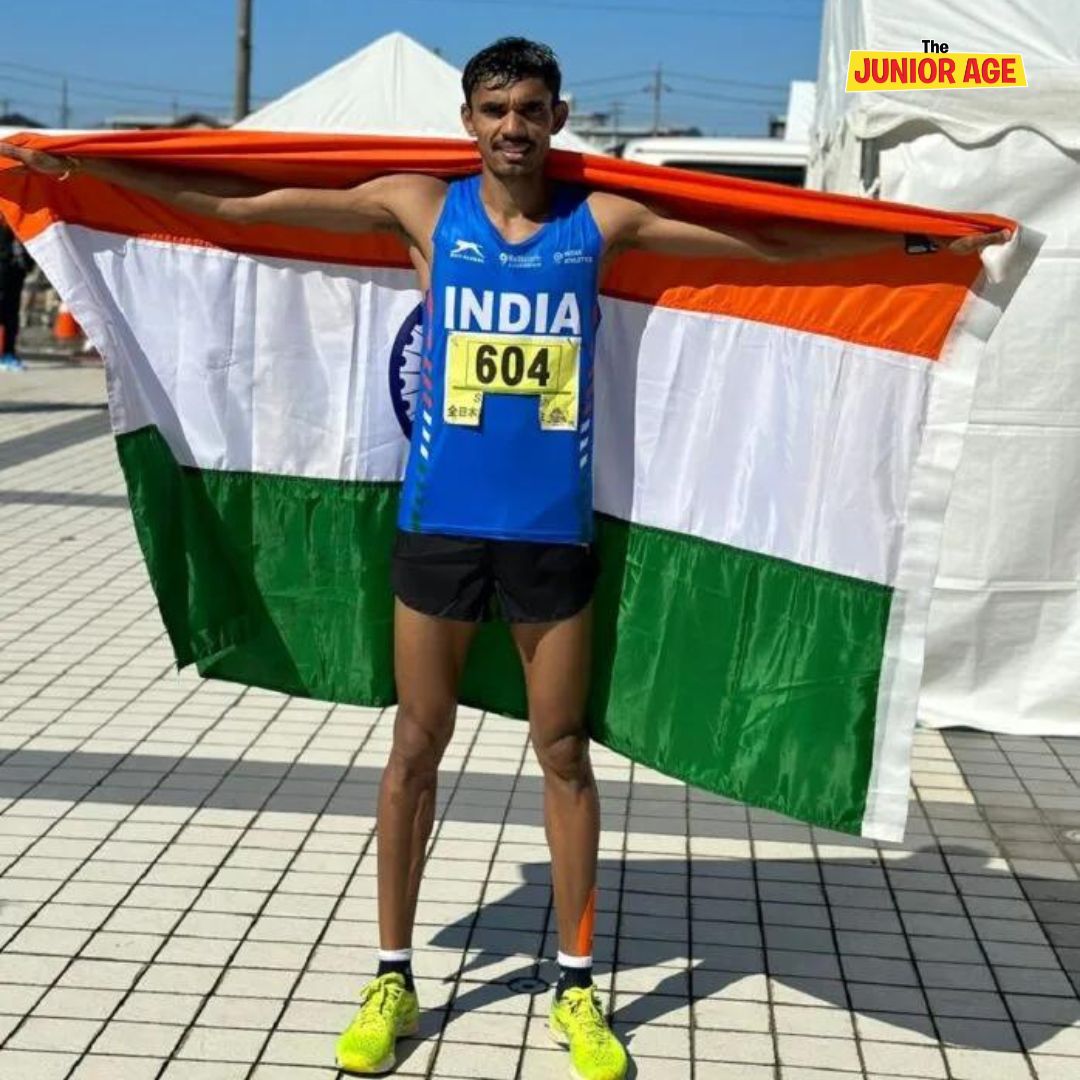Kamala Harris is the first woman vice president of the United States of America. She is also the first black and Asian American to be appointed the vice president of the US.
Get Know everything about Europe, Buy This Amazing Country Facts- Europe Flashcards
Early Life
Kamala Devi Harris was born on October 20, 1964, in Oakland, California to an Indian mother and Jamaican father. Both her parents were immigrants and their diverse backgrounds instilled in her a strong sense of justice and equality.

Kamala Harris was raised by her Hindu mother, Dr. Shyamala Gopalan, who was also a cancer researcher and civil rights activist. She has even visited India with her mother.
She is married to Douglas Emhoff.
Education Qualifications and Professional Background
Kamala Harris went to Westmount High School, Quebec.
She graduated from Howard University and later earned her law degree from the University of California, Hastings College of the Law.
Kamala Harris began her professional journey as a prosecutor in the Alameda County District Attorney’s Office in 1990. She later became the District Attorney of San Francisco in 1998 and then the Attorney General of California in 2011. In 2017, she was elected to the US Senate, becoming the first Indian American and second African American woman to serve in the Senate.

In August 2020, Kamala Harris was picked by Joe Biden as his vice presidential candidate for the 2020 presidential election. It was the fourth time a woman appeared on a Democratic or Republican presidential ticket. Joe Biden and Kamala Harris won the election in November 2020. Kamala Harris officially became the vice president of the United States on January 20, 2021.
Many Firsts of Kamala Harris
- First woman to serve as District Attorney in the history of San Francisco.
- First African-American and first woman to serve as California’s Attorney General.
- First South-Asian – American and second African-American woman to join the US Senate.
- First woman, first black and first South Asian Vice President of the US.
Watch Full Video on Get ready for the Paris Olympics Ceremony

